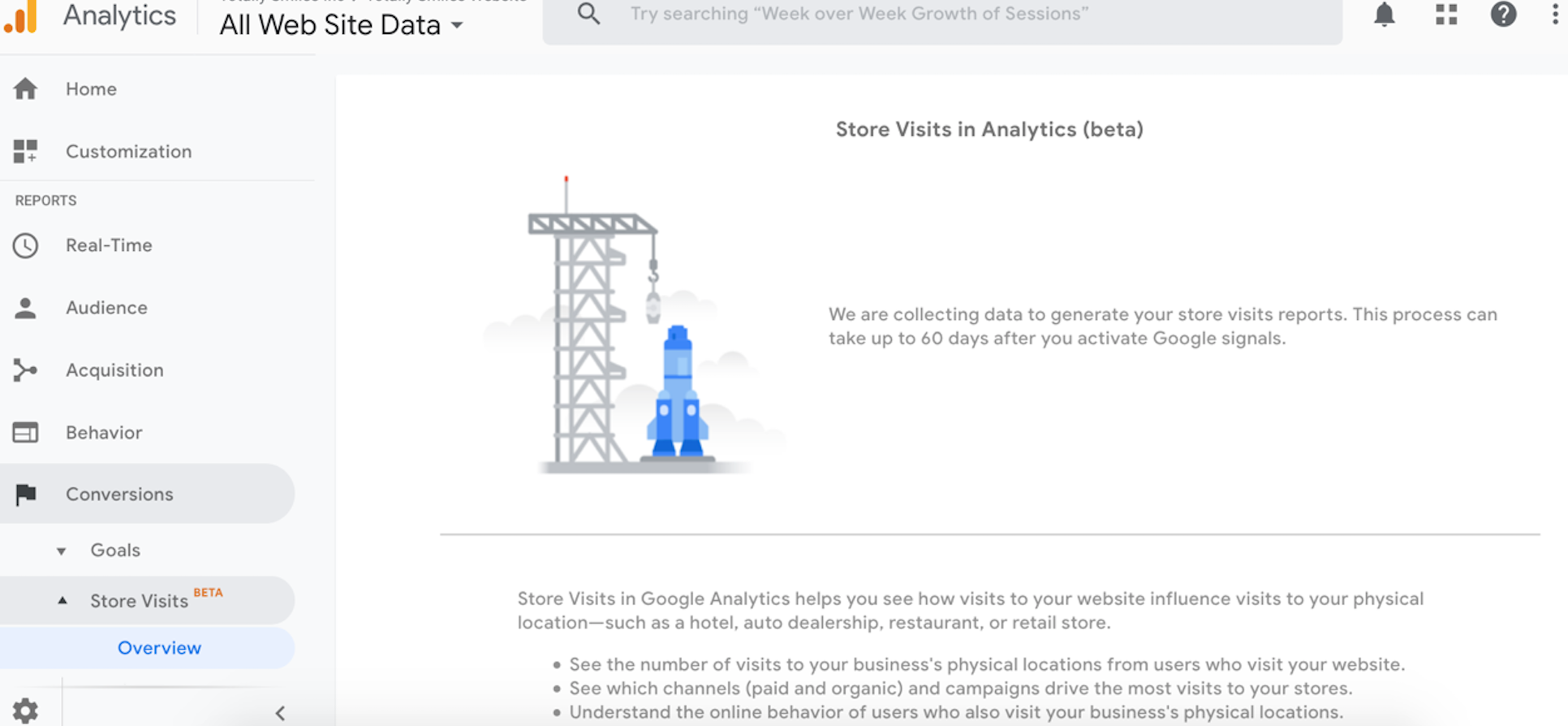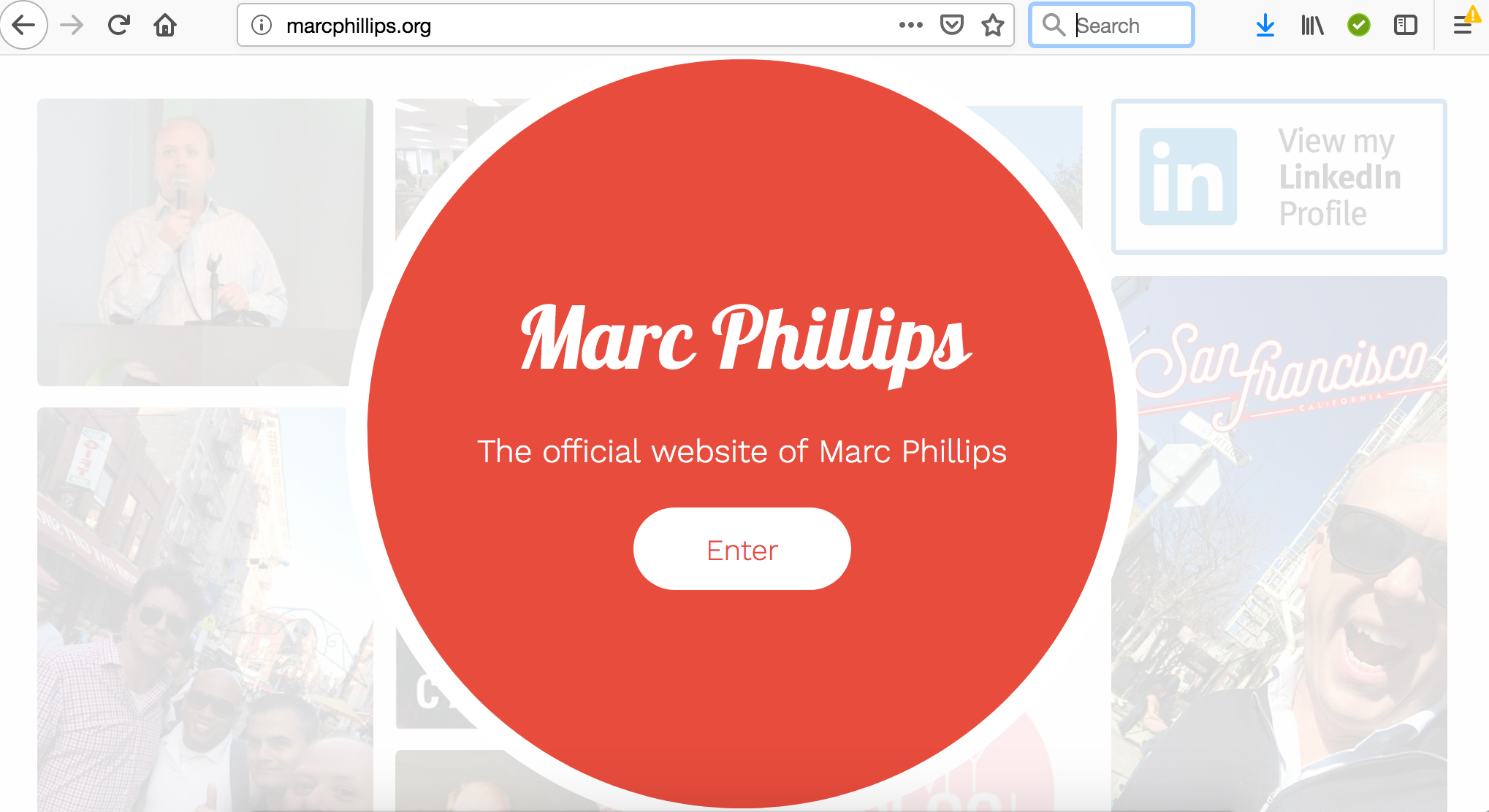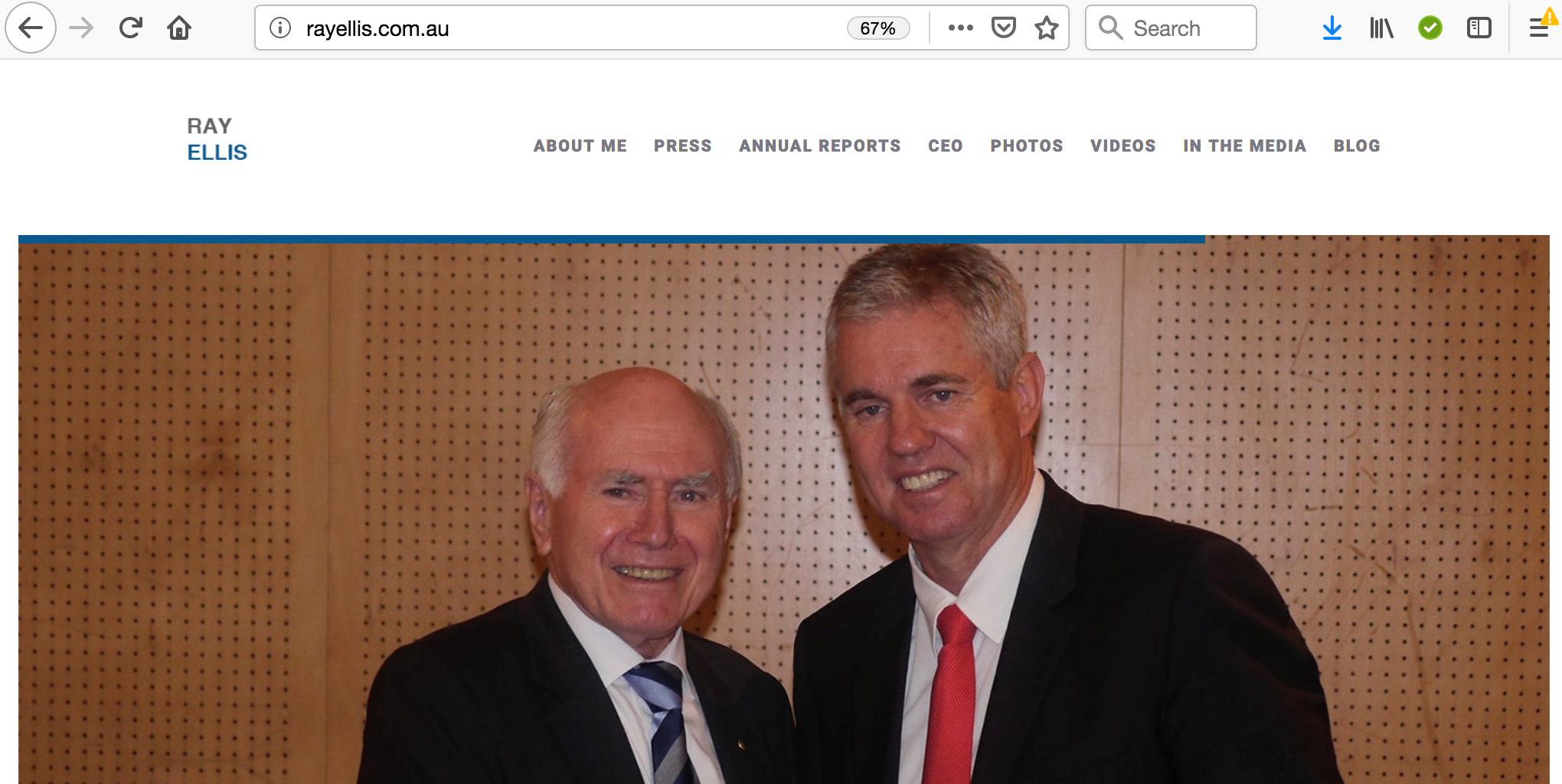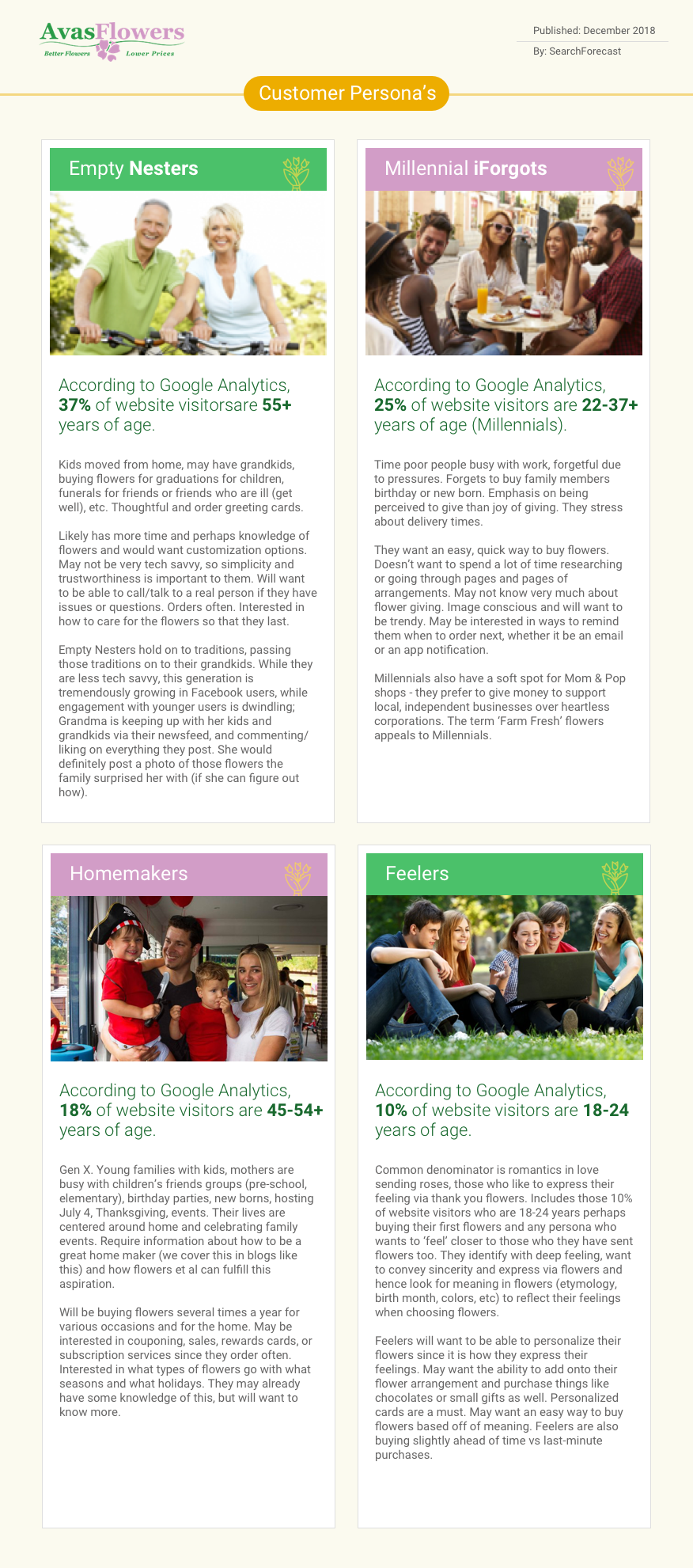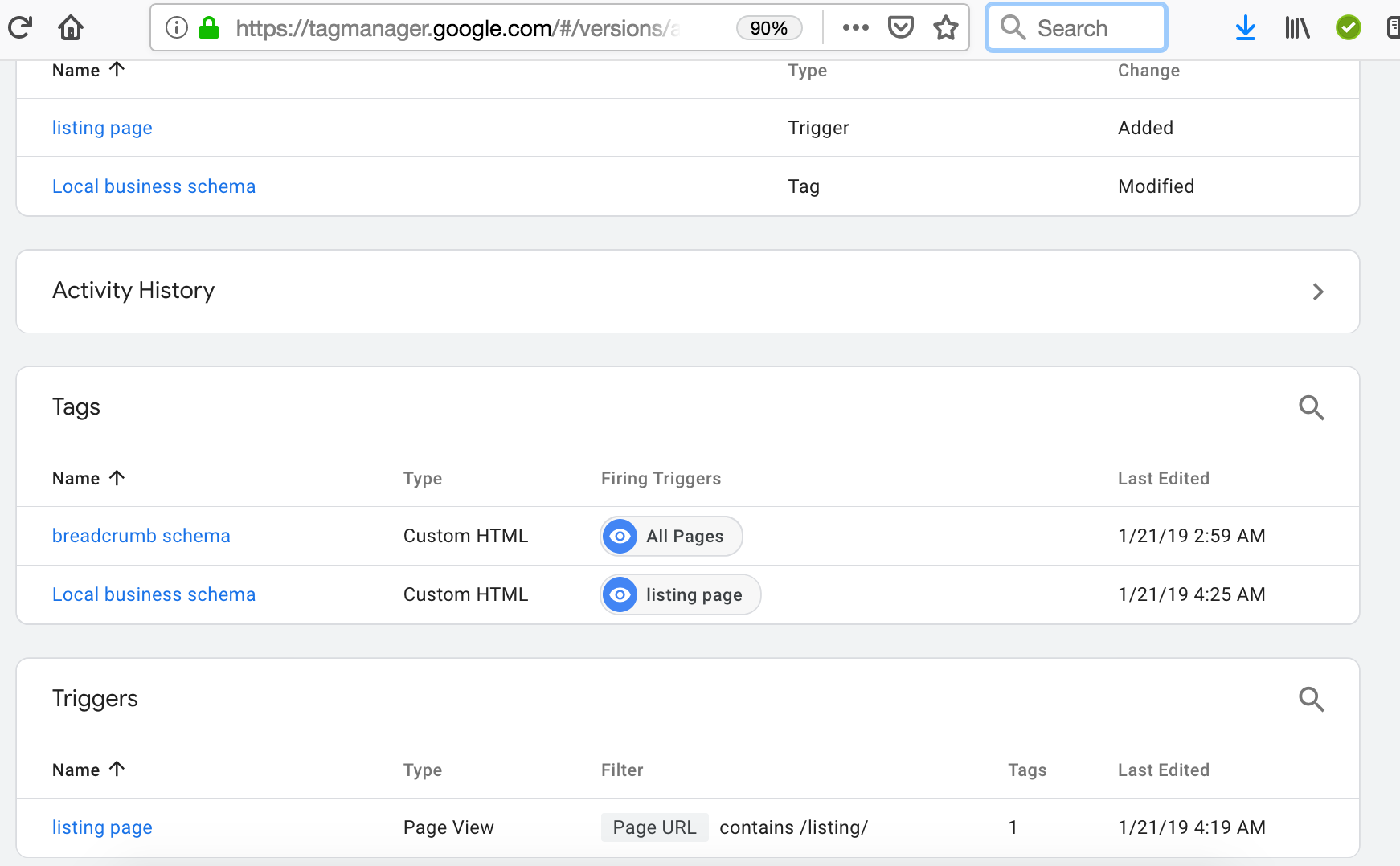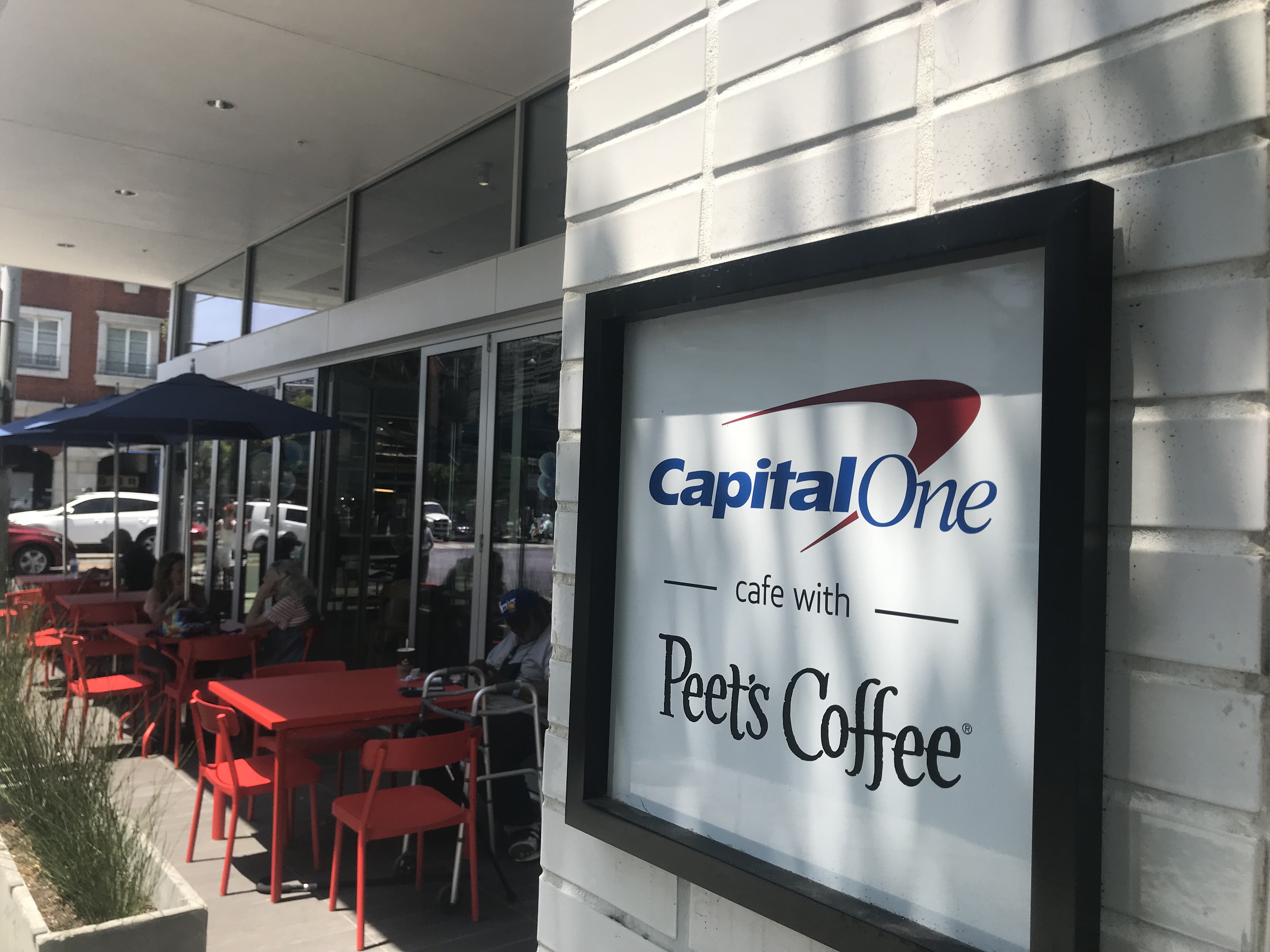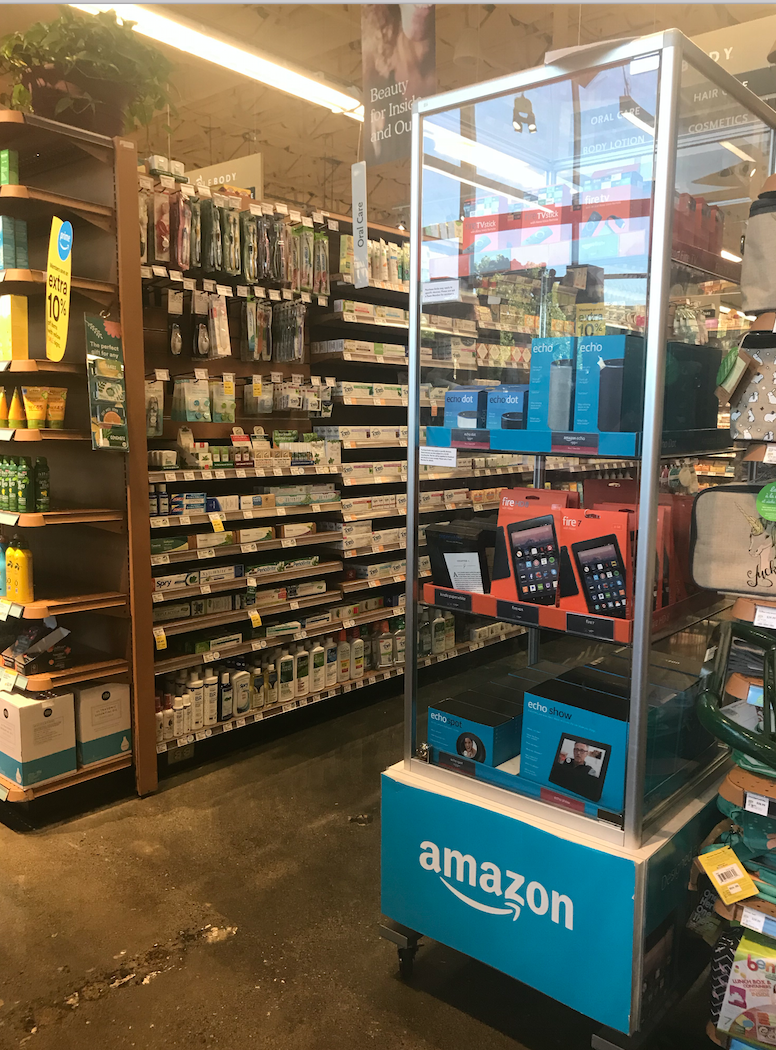Most businesses are faced with Google reviews as a consequence of having a Google My Business account with Google. 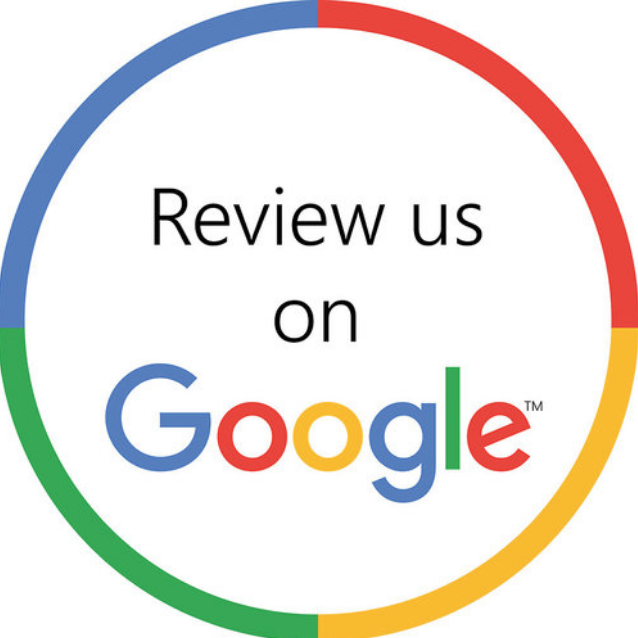
The power of customer testimonials can’t be underestimated, which is why 74% of our client First National Real Estate offices achieve Google Review ratings of between 4 and 5 stars. It is fantastic result calculated after SearchForecast audited their membership Google My Business Page reviews.
The quality and quantity of reviews on Google is one of the most important ranking factors for local SEO (Search Engine Optimisation). A well-balanced combination of three review signals – quantity, velocity, and diversity – can help catapult your local business towards the top of Google local search results.
The facts are compelling for businesses to take Google Reviews very seriously:
- The average business star rating is 4.42
- 5% have a star rating below 3 stars
- 40% of consumers will only look at the last 2 weeks of reviews
- 57% of consumers will only consider businesses with 4 or more stars
90% of consumers read 10 reviews or less before they feel they can trust a business so, if you’re ranked below 4 stars, be sure to strive for perfection of 5 star reviews.

